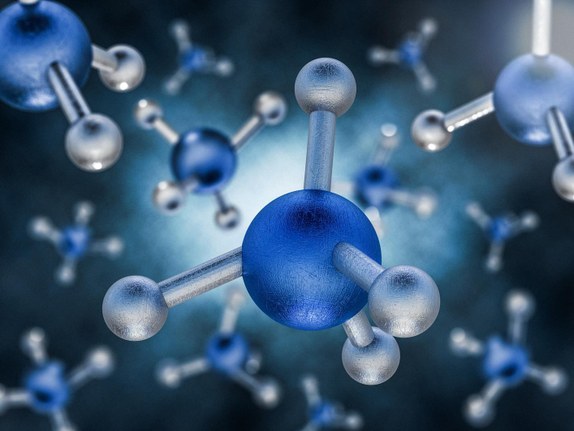Can nanomaterials make gas powered cars a reality?
Increased energy usage and pollutant emissions over the last century have already caused devastating climate change including rising global temperatures and severe weather events. Global energy demand is predicated to further increase exponentially over the next 50 years. If irreversible climate change and fuel shortages are to be prevented, green fuel alternatives need to be widely available.
Methane is a promising fuel with plenty of natural reserves and lower pollutant emissions than traditional fossil fuels. Unfortunately, use of this gas-fuel has is very limited because current gas-storage technology cannot achieve high enough gas density for most applications e.g. natural-gas powered cars. To increase methane fuel viability government organisations worldwide, including the U.S. Department of Energy (DOE), have set ambitious gas storage targets. Currently, these targets have never been achieved by a commercially viable material. It’s clear that technological advances in clean natural gas storage are urgently needed.
Metal-organic frameworks (MOFs) are a type of nanomaterial made of metal atoms joined by small organic molecules to make high surface area structures. These unique materials can act as fuel tanks, storing outstanding volumes of gas within their nanopores. However, they are normally synthesized as low-density powders and need to be shaped into pellets for high-density gas storage. This is very challenging as most processing techniques cause irreversible collapse of the MOFs nanopores, destroying gas storage potential. My research is focused on MOF densification to obtain new nanomaterials with high surface area for industrially viable gas storage. I have made new centimetre sized pellets of zirconium MOF with a record setting methane uptake that approaches the U.S. DOE targets. We are also working with Cambridge Enterprise and Immaterial Labs to commercialise the new material for real-world storage of gas-fuel.
NanoDTC PhD Associate 2017
Department of Chemistry and Department of Chemical Engineering and Biotechnology
Figure Source: Shutterstock

